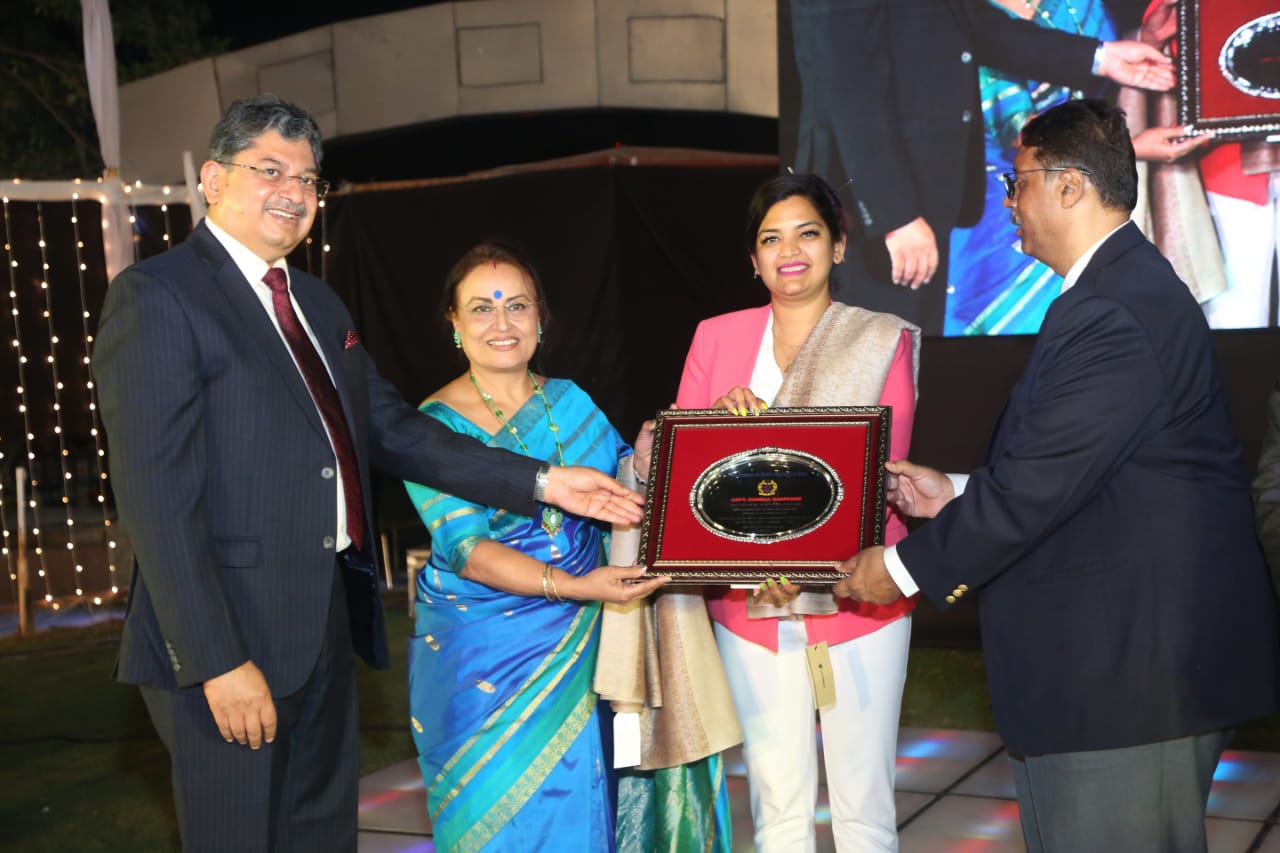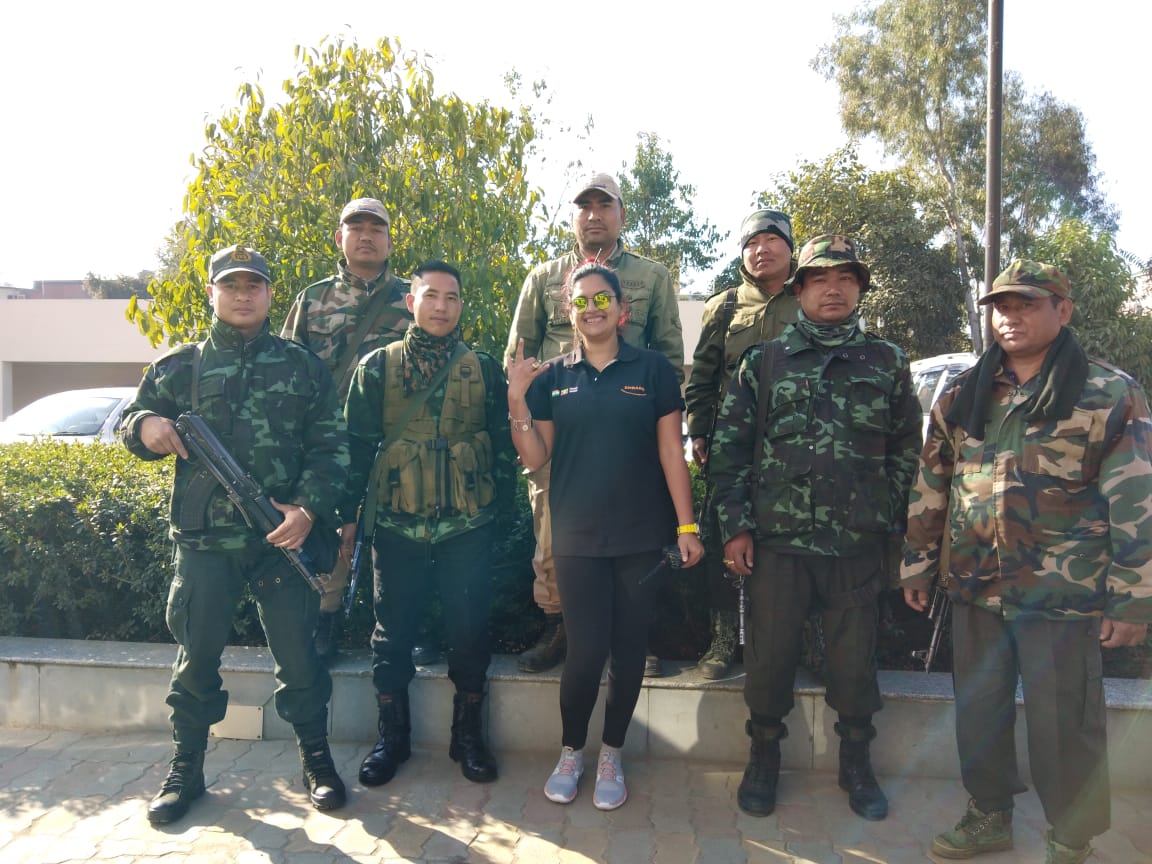(January 19, 2024) “Mountaineer Baljeet Kaur dead”, a headline that went viral in the spring of 2023 when the Indian mountaineer went missing for more than 18 hours during one the most dangerous treks in the world – summiting Mt Annapurna I. With no oxygen support, her chances of survival in -50°C at almost 7000 metres above sea level were so bleak that the news of her death spread like wildfire. But the mountains saved her and she was found alive, which was nothing short of a miracle. “The mountains wanted me to live. So I am alive today,” she said upon her return.

Baljeet is the first Indian woman to scale seven 8000-metre peaks – Mt Everest, Mt Annapurna, Mt Kanchenjunga and Mt Lhotse – in Nepal in one season in 2022, and later added three more peaks, making it a total of seven 8000m peaks. In the last few years, Baljeet has undertaken many challenging summits but it was Mt Annapurna that tested her the most. Things started going downhill after she went missing near Camp IV of Mt Annapurna while descending from the summit point. With no oxygen support, Baljeet soon started showing signs of AMS (Acute Mountain Sickness), and started hallucinating. “My mind was manipulating me. When I reached the summit point, I started seeing people who didn’t exist. I saw oxygen plants. I slapped myself multiple times, started motivating myself, and somehow mustered the courage to move forward,” she reminisced in another interview, adding, “Every 15-20 minutes, my mind would imagine something and I’d regain consciousness for five minutes. My life depended on decisions I took in that time frame.”
As the night faded into the light, she was able to send a SOS message and was airlifted aftere being stranded for nearly 18 hours right below one of the deadliest peaks in the world and for 48 hours above 7000m. “I have always trusted the mountains and respected them. I save them by keeping them clean, so they look out for me. But, in this case, I think I survived because I was self-motivated. That’s my mantra,” she added.
A village girl becomes a mountaineer
Coming from a humble background in Himachal Pradesh, her mother is a homemaker while her dad works as a bus driver for the Himachal Road Transport Corporation. Growing up in a village, girls were expected to take care of household chores and get married. But Baljeet’s mom wanted her daughter to pursue her dreams. “My mom wanted to join the police. But she couldn’t. However, she pushed me to follow my passion, and live an extraordinary life,” Baljeet said at TEDx.
View this post on Instagram
It was during a NCC camp that Baljeet had her first taste of mountaineering when she was chosen for an excursion to Mt Deo Tibba at the age of 20. That was the beginning of a life of adventure. She loved scaling peaks, and soon joined a team of ten NCC mountaineers for an adventure to the 7,120-meter-high Mt Trishul. However, the team could only reach 6350m as the climb was cut short due to bad weather. A year later, she found herself as a part of another NCC mission to Mt Everest, this time reaching 8,548 metres before she was taken back to the base camp by her Sherpa. “Some 300 meters before, my oxygen mask stopped working, and I fainted. Seeing my condition, the Sherpa asked me to return. But I was inconsolable, and promised to return in 2020,” she added.
View this post on Instagram
Scaling to the top
With the taste of adventure in her mouth and the sunburn on her skin, she knew she had found her calling. But she knew she needed the kind of preparation that takes her to the top of the peaks, and spent the next few years doing mountaineering courses, learning skiing, snowboarding. Now, she was ready for the opportunity and it came knocking on her door in the form of Everest expedition by Indian Mountaineering Foundation, which included scaling four peaks. However, it dawned upon her that if she is running after making records, she will never be able to achieve it. “The mountains wanted me to scale them selflessly. I did that when I scaled Mt Pumori (7161m) in 2021, and I became the first Indian woman mountaineer to achieve the feat,” she revealed, adding that it gave her the confidence to scale other peaks now. In 2022, she became the only Indian mountaineer to scale four 8000m peaks in less than a month.
Baljeet’s emergence from the brink of death during the Mt. Annapurna summit stands as a testament to the indomitable spirit of human perseverance. Her unwavering belief in herself and her unyielding determination allowed her to conquer not only the peaks but also the depths of fear that gripped her. Her journey serves as an inspiration to all, showcasing the extraordinary feats that can be achieved when one confronts their fears with resilience and self-belief.



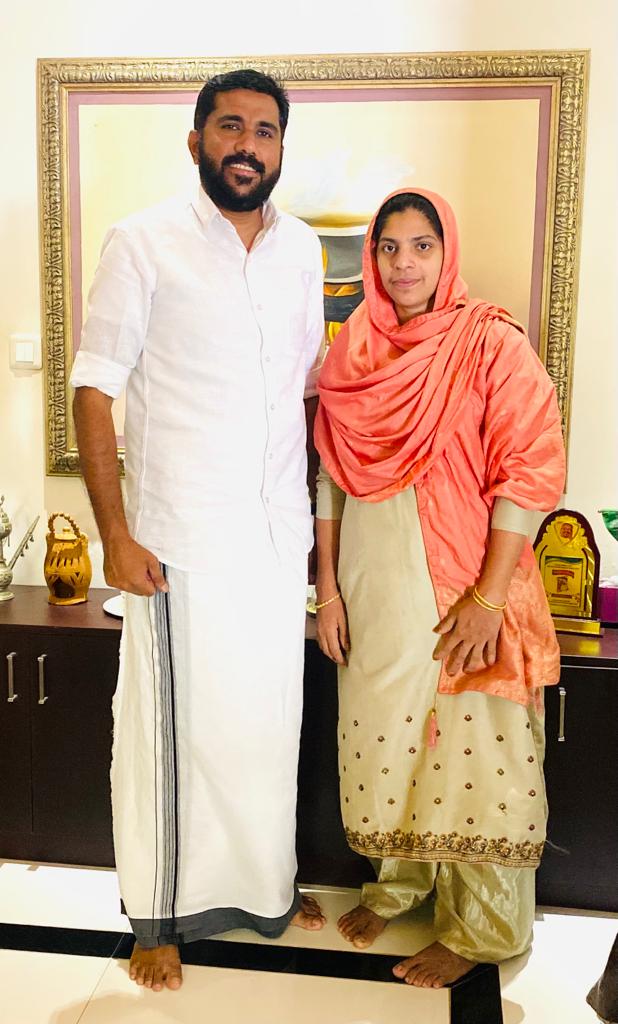 Nasar Thootha with his wife[/caption]
Nasar Thootha with his wife[/caption]
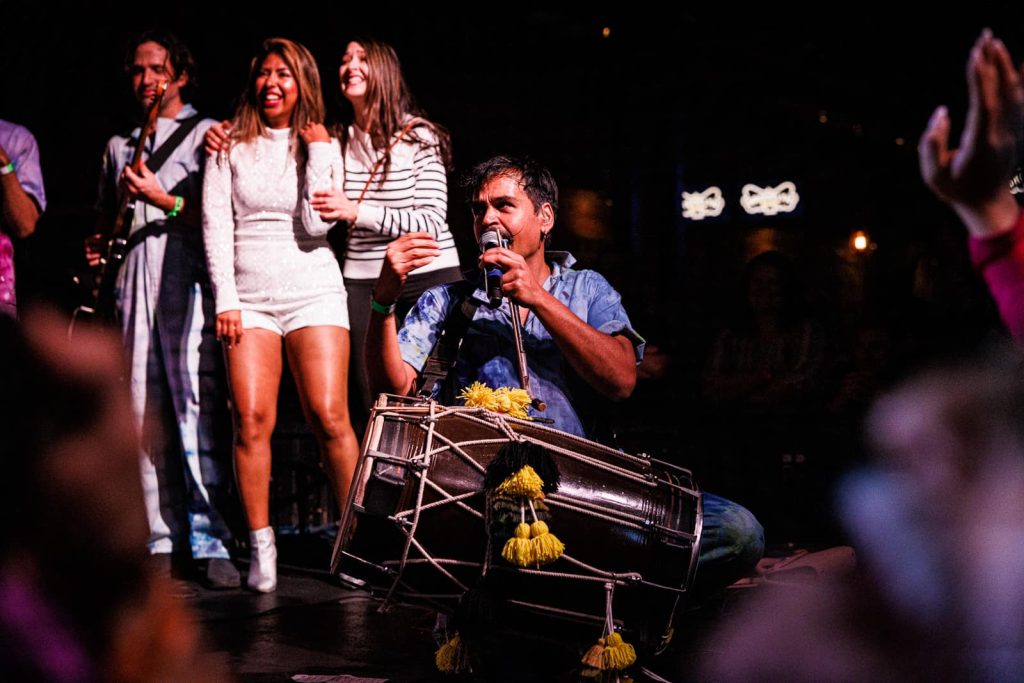 Photo Credit: Red Baraat[/caption]
Photo Credit: Red Baraat[/caption]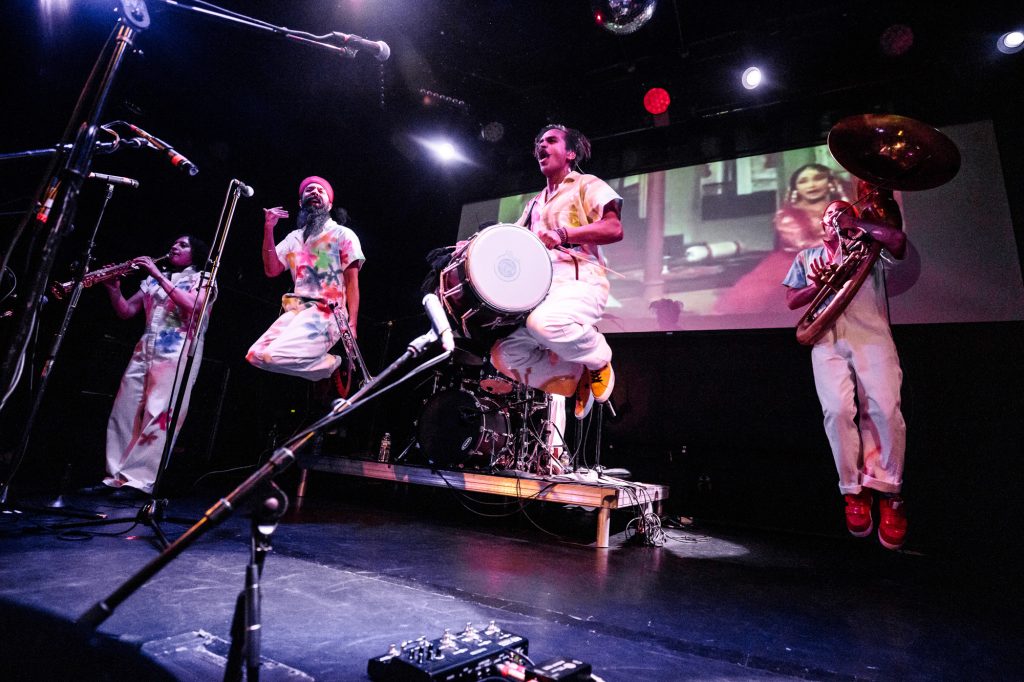 Red Baraat's Festival of Colors at the Bowery Ballroom in 2019 | Photo credit: Sachyn Mital.[/caption]
Red Baraat's Festival of Colors at the Bowery Ballroom in 2019 | Photo credit: Sachyn Mital.[/caption]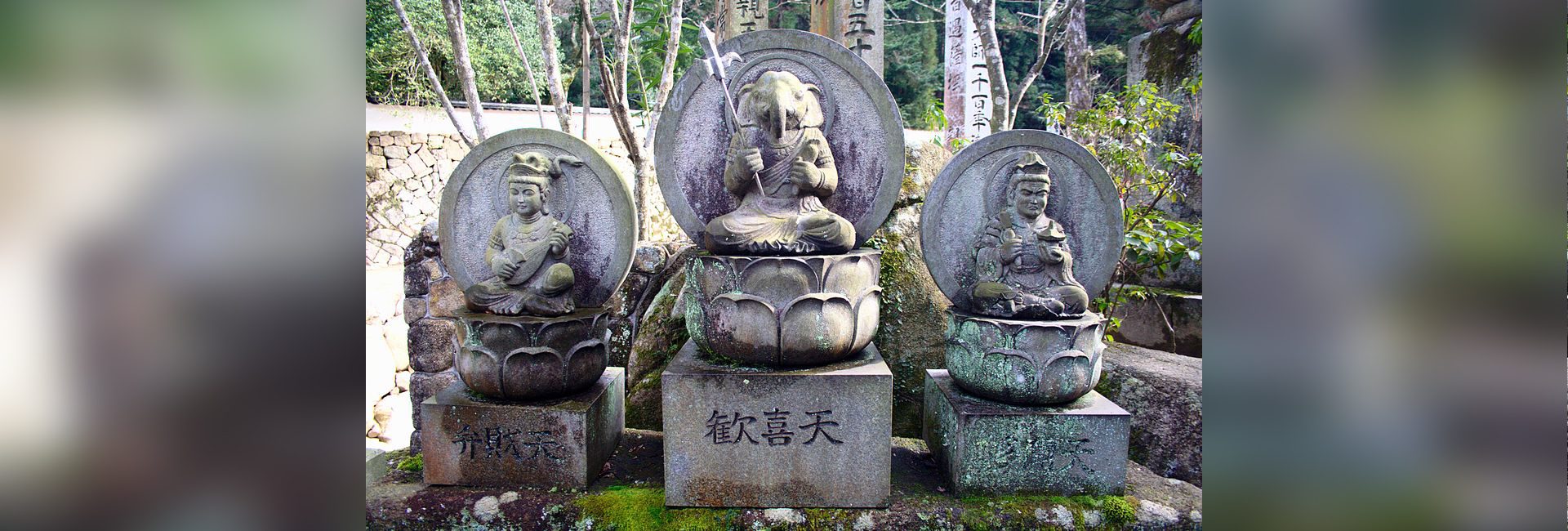
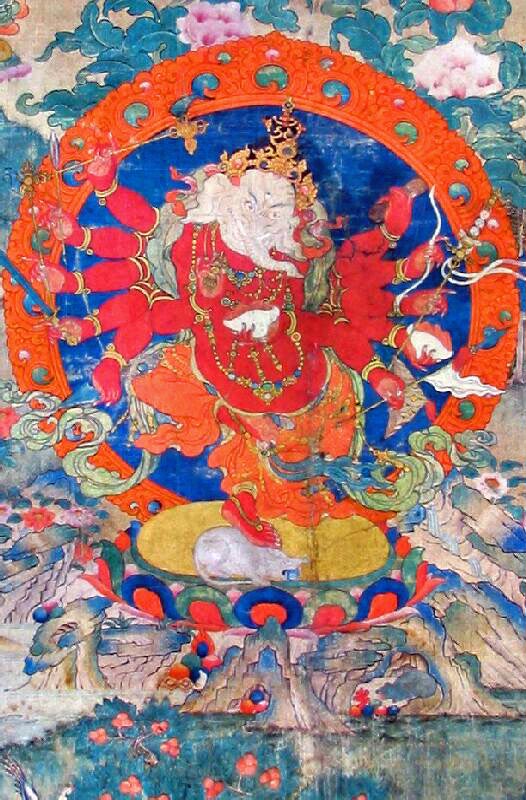 Tibetan Ganpati[/caption]
Tibetan Ganpati[/caption]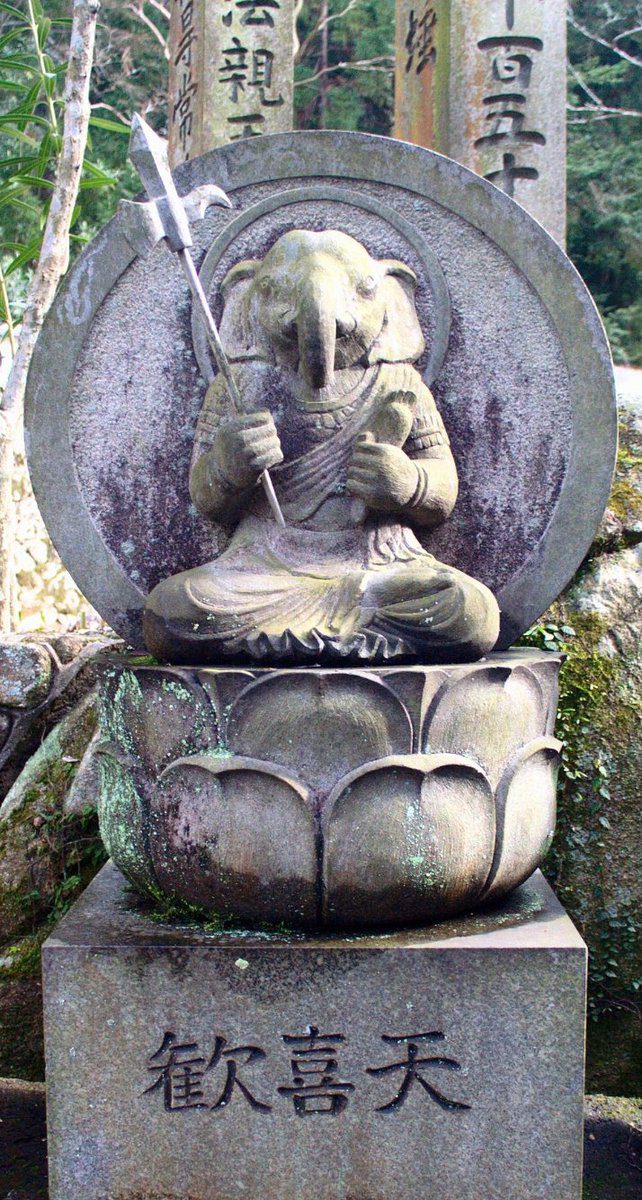 Japanese god, Kangiten[/caption]
Japanese god, Kangiten[/caption]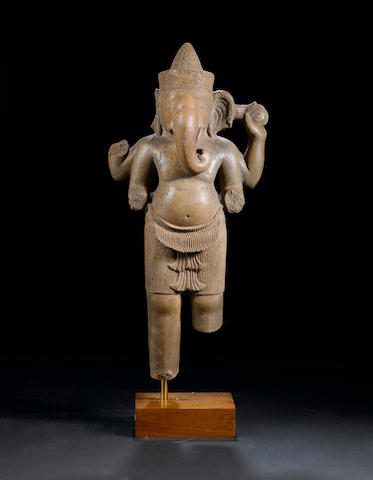 A 12th Century stone sculpture of Ganesha found in Cambodia[/caption]
A 12th Century stone sculpture of Ganesha found in Cambodia[/caption]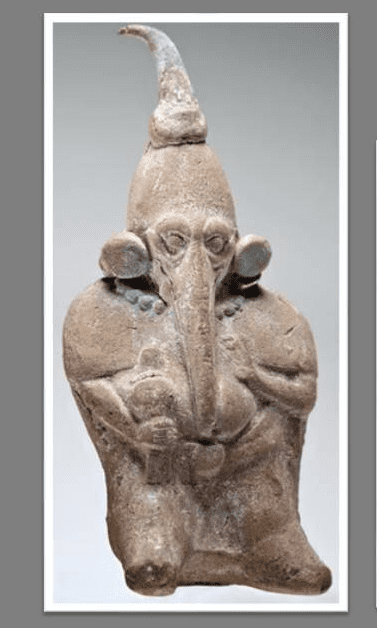 The Aztec elephant god[/caption]
The Aztec elephant god[/caption]

 A-Zal[/caption]
A-Zal[/caption]

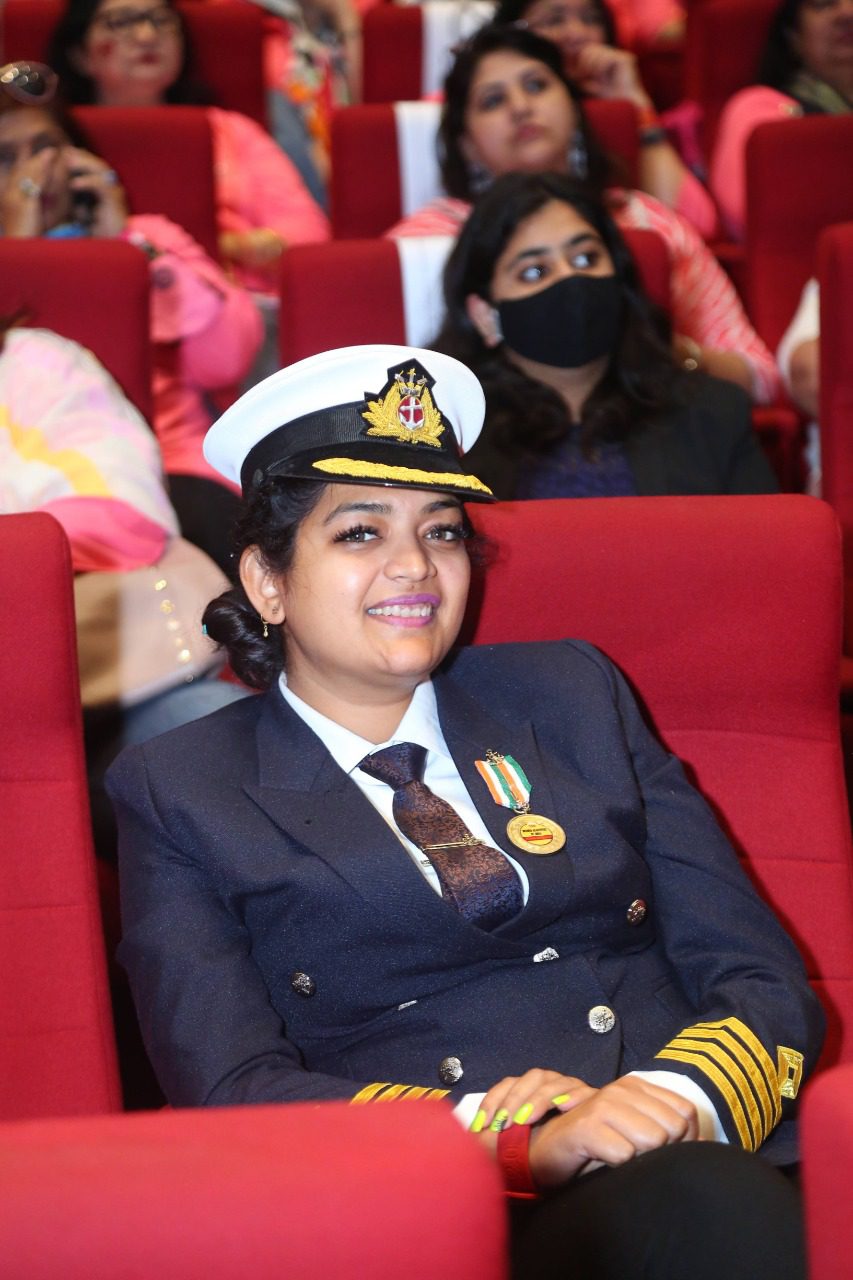 Capt Suneha Gadpande[/caption]
Capt Suneha Gadpande[/caption]
